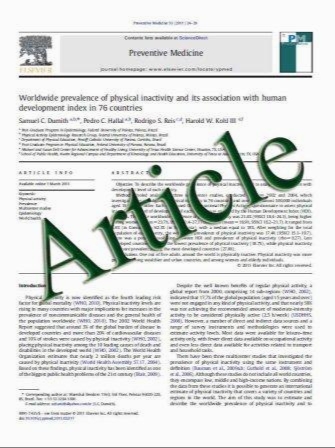Evaluation of radioiodinated quinazoline derivative as a new ligand for EGF receptor tyrosine kinase activity using SPECT
- نوع فایل : کتاب
- زبان : انگلیسی
- مؤلف : Masahiko Hirata Yasukazu Kanai Sadahiro Naka Keiji Matsumuro Shinya Kagawa Mitsuyoshi Yoshimoto Yoshiro Ohmomo
- چاپ و سال / کشور: 2010
Description
Objective A radioiodinated analog of PD153035 (m-IPQ) was evaluated as a potential epidermal growth factor receptor tyrosine kinase (EGFR-TK) activity imaging ligand for SPECT. Methods The 50% inhibition concentration (IC50) value of m-IPQ for EGFR-TK phosphorylation inhibition was evaluated and compared to various EGFR-TK inhibitors. [125I]m-IPQ was synthesized by iododestannylation reaction. Biodistribution study of [125I]m-IPQ was conducted in normal mice and tumor-bearing mice. The selectivity and binding characteristics (Bmax and Kd) were analyzed. Results The quinazoline derivative m-IPQ was found to have high inhibitory potency (IC50: 50.5 ± 3.5 nM) and selectivity toward EGFR-TK. In vivo biodistribution studies of [125I]m-IPQ demonstrated its rapid clearance and low retention in normal tissue. On the other hand, high tumor uptake was observed. However, the increase in [125I]m-IPQ uptake in the stomach as a deiodination parameter was found. Thus, [125I]m-IPQ showed low in vivo stability. The selectivity toward EGFR-TK of m-IPQ was confirmed by the pretreatment experiment with EGFRTK specific inhibitors, PD153035, Genistein. [125I]m-IPQ bound to single population of binding sites with high affinity and kinetic parameter. In addition, [125I]m-IPQ was bound to EGFR-TK according to the amount of EGFR-TK expression in the tumor. Conclusions [125I]m-IPQ showed a relatively high tumor accumulation with selective EGFR-TK binding. Moreover, the tumor uptake of [125I]m-IPQ might be reflected in the amount of EGFR-TK expression in the tumor. These good characteristics of [125I]m-IPQ suggested that a 123I-labeled counterpart, [123I]m-IPQ, would have great potential for EGFR-TK imaging with SPECT. However, the in vivo stability of this compound needs to improve.
Ann Nucl Med (2011) 25:117–124 DOI 10.1007/s12149-010-0432-4 Received: 12 July 2010 / Accepted: 22 September 2010 / Published online: 9 November 2010


